Why Summer Is the Perfect Time to Replace Rotted Wood Around Your Home
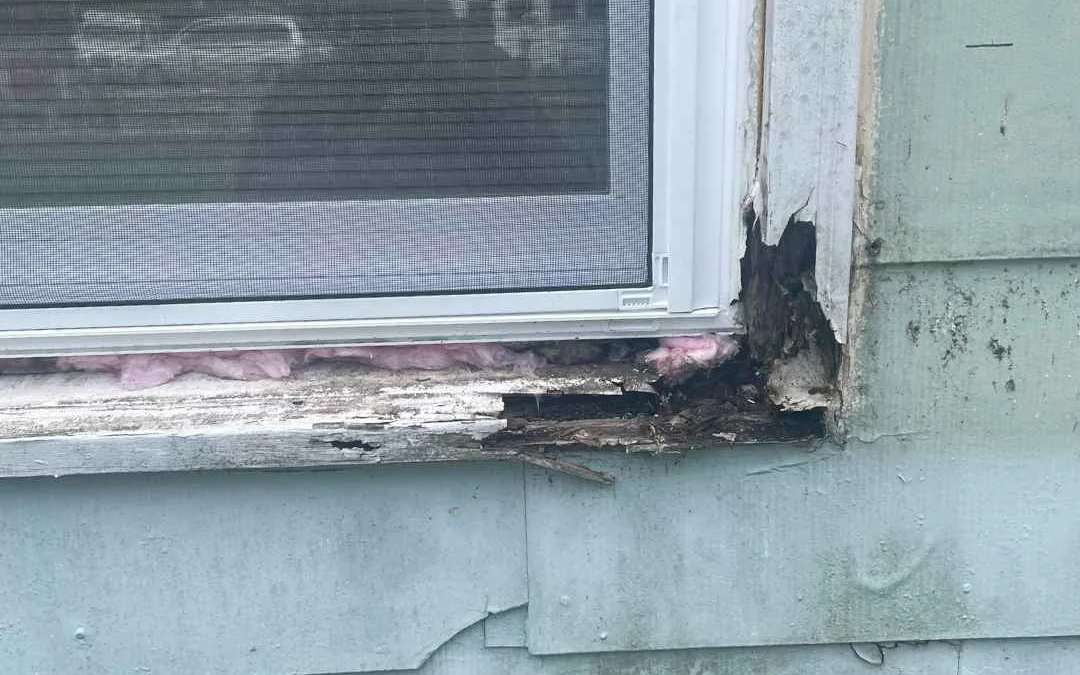
Why Should You Replace Rotted Wood Now, Before the Weather Changes?
Are you starting to see soft or cracked wood around your porch, deck, or windows? Maybe it flakes when you touch it or feels a little squishy after a rainy day. It might seem like just old wood wearing out, but it’s often a sign of something more serious: wood rot. And while it’s easy to brush it off as a small issue, ignoring it can lead to bigger, more expensive problems down the road. Wood rot doesn’t just look bad — it weakens your home little by little if left alone.
Did you know that summer is actually the best time to fix wood rot? The warm weather, dry air, and longer days give you the perfect chance to find damaged spots and make repairs before things get worse. On this blog, we’ll walk you through what wood rot really is, what causes it, how to spot it early, and why fixing it during summer makes the most sense. If you’re a homeowner looking to protect your home and avoid headaches later, now’s the time to take a closer look.
What Is Wood Rot?
Wood rot is what happens when moisture and fungus team up to break down wood fibers. It’s nature’s recycling crew — except it’s working on your house, not an old fallen log in the forest.
There are two main types:
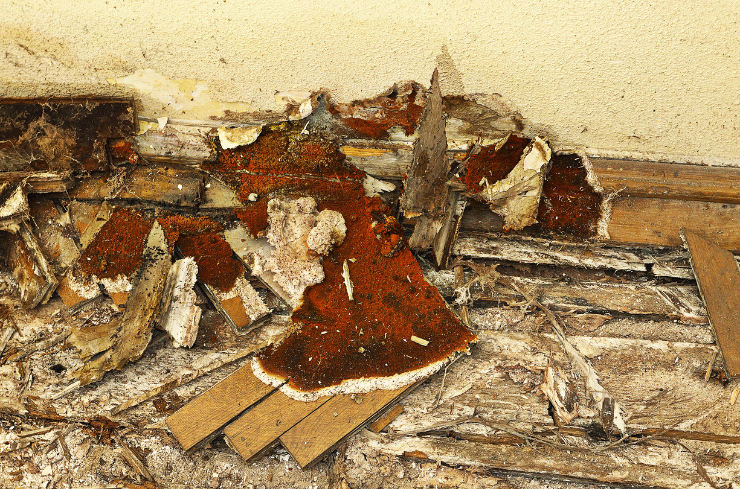
Dry rot
which isn’t really dry (go figure), and
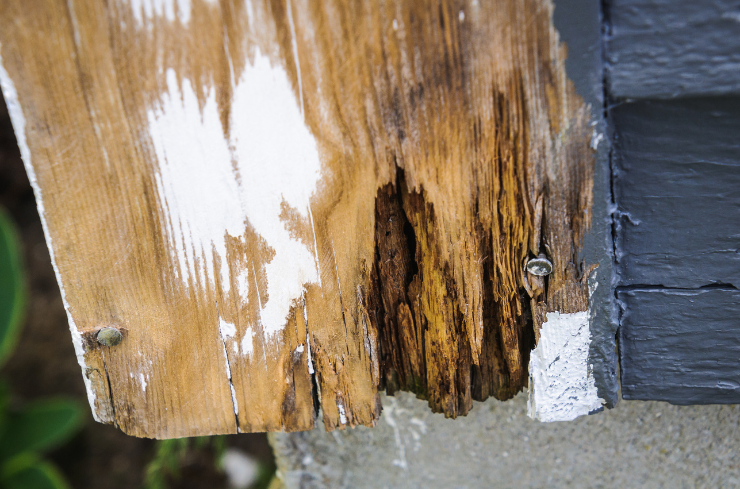
Wet rot
which is caused by, well, too much wetness.
Both types love damp conditions, poor airflow, and a lack of maintenance. Once wood rot shows up, it doesn’t stop on its own. If you ignore it, you’re basically giving it a VIP invite to spread across your siding, trim, deck, or even structural parts of your home.
Causes of Wood Rot
Rot doesn’t just happen overnight. It’s usually the result of a few things piling up over time. Here’s what to keep an eye on:

Moisture Exposure
This is the most common cause of wood rot. When wood gets wet from rain, leaks, or even just heavy humidity, and it doesn’t dry out quickly, that’s when problems start. Wood that stays damp becomes soft over time and starts to break down. The longer the moisture sits, the worse it gets.

Fungal Growth
After moisture gets into the wood, fungus can begin to grow. Fungi love damp, dark places, and wood gives them the perfect home. They feed on the wood and slowly eat away at its strength, leaving it soft, weak, and damaged.
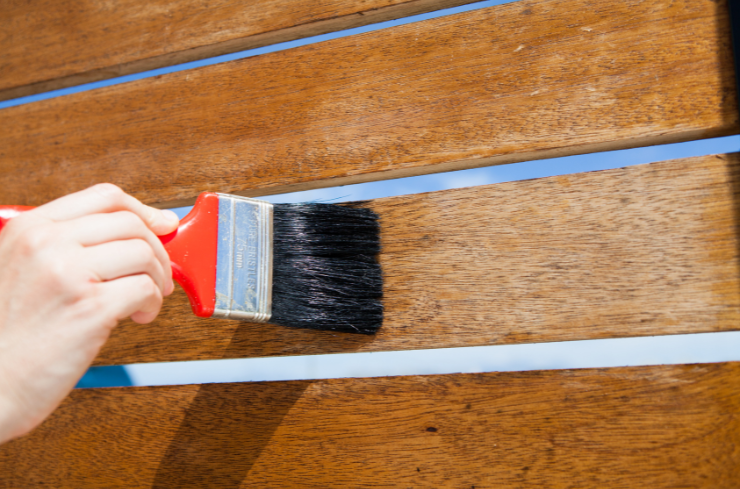
Lack of Maintenance
Rot often starts because something simple was left unchecked. If paint is peeling, if caulk around your windows has cracked, or if your gutters are clogged and spilling water, that water can get into the wood. Once it’s in, it’s hard to stop the damage unless you catch it early.
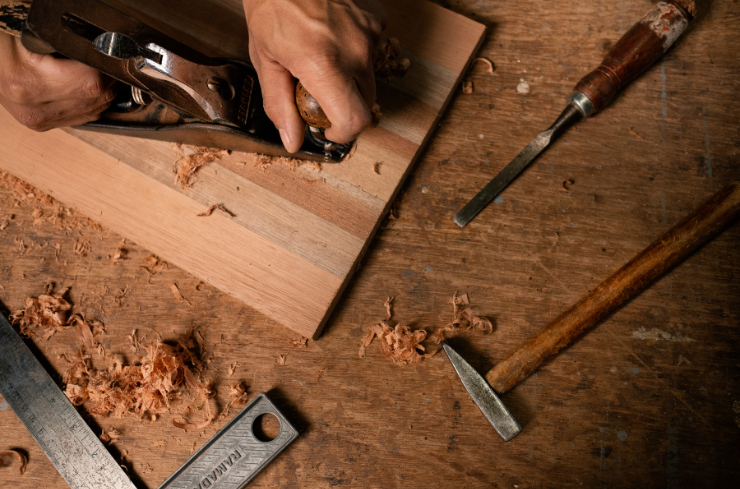
Poor Construction Practices
Sometimes the way a home was built can lead to rot. If wood was installed too close to the ground or in a spot where water doesn’t drain properly, it’s more likely to stay wet. Without the right design or protection, that wood doesn’t stand a chance against moisture.
How to Spot Wood Rot Early
The earlier you spot it, the easier (and cheaper) it is to fix. Here’s what to look for during your next walk around the house:
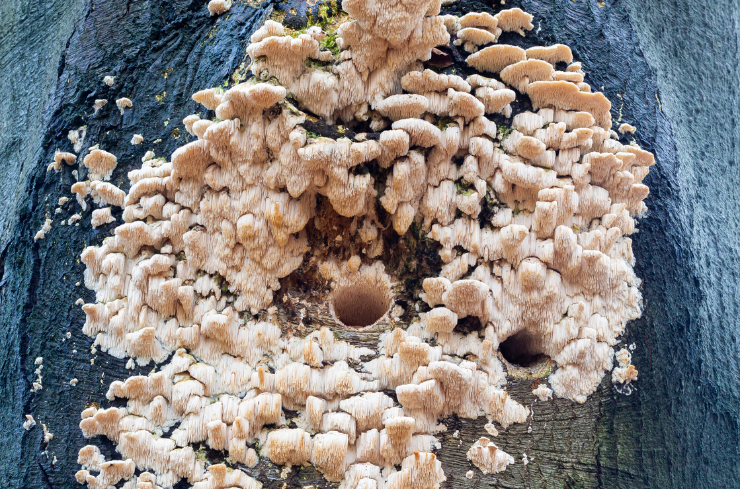
Soft or spongy wood
Press on the wood gently. If it feels soft or squishes in, that’s a sign of rot.
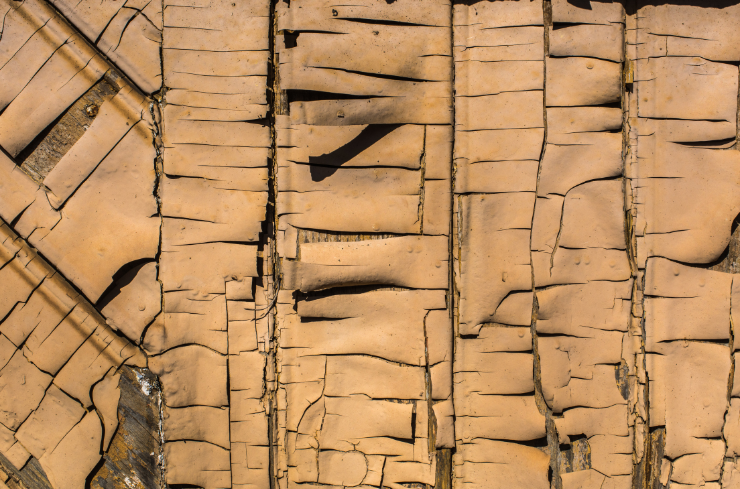
Cracked or flaky wood
If the wood looks dry, cracked, or breaks off easily, it could be rotting.
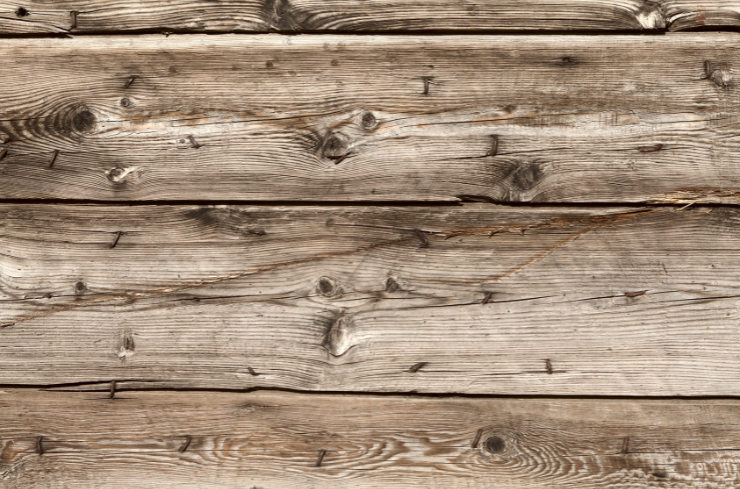
Dark spots or stains
Discolored areas might mean moisture has been sitting there for a while.
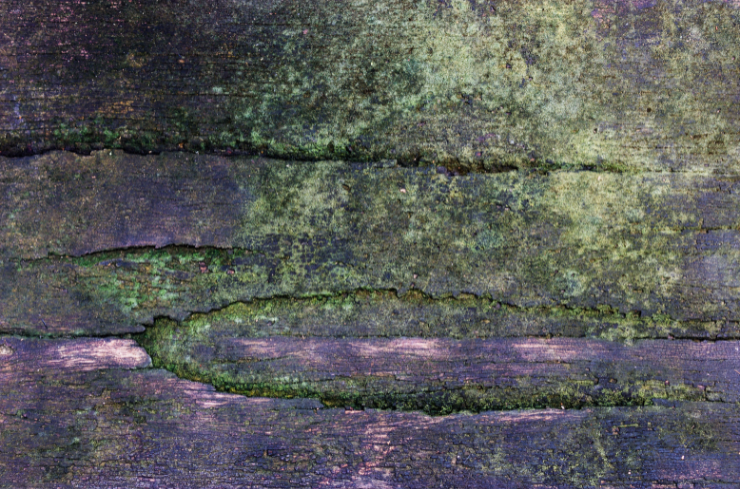
Musty smell
A damp, earthy smell can be a clue that rot is hiding nearby.
Walk around your home every now and then—especially after it rains. A few minutes of checking can help you spot small problems before they turn into big ones.
Why Summer Is the Best Time to Replace Rotted Wood
Summer gives you the perfect mix of warm temperatures, dry air, and longer days, which makes it the ideal season to take care of wood rot. Dry weather helps wood dry out faster, which is important because new wood, paint, caulking, and sealants all work better on dry surfaces. With more daylight, you also have more time to get things done, whether you’re doing the repair yourself or hiring someone to do it for you. It’s usually easier to schedule contractors during this time too, and they’re less likely to be delayed by rain. Most importantly, fixing rotted wood in the summer gets your home ready before the rainy season returns. That means fewer leaks, fewer surprises, and more peace of mind when the weather turns.
Don’t Wait Until It Spreads
Rot doesn’t fix itself. It spreads, quietly and slowly, until suddenly that one bad board has turned into a half-day repair job. And once it starts creeping into hidden spots, it can be a bigger (and more expensive) issue.
If you’ve spotted a bit of damage, take action now. Whether you grab your toolbox or call in a pro, you’ll thank yourself when the fall rains start and your home is solid and sealed tight.
Taking care of wood rot might not be the most exciting thing on your summer to-do list, but it’s one of the most important if you want to keep your home in good shape. Fixing small problems now can save you from big repairs later, and it helps keep your home safe, strong, and looking great. So the next time you’re outside watering the plants, grilling, or just enjoying the sunshine, take a few minutes to check around your home. Look at the porch, deck, window frames, and any spots where wood might stay damp. If something looks soft, cracked, or just not right, don’t wait. Summer is the perfect time to take action, and a little effort today can go a long way in protecting your home for years to come.
Not sure what to look for or think you’ve found some wood rot? Lexington Gutters & Exterior is just a call away. We’ll check it out and help you fix it, so you can relax and enjoy your summer without any worries.

0 Comments